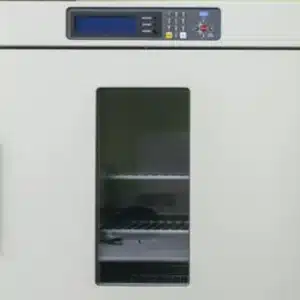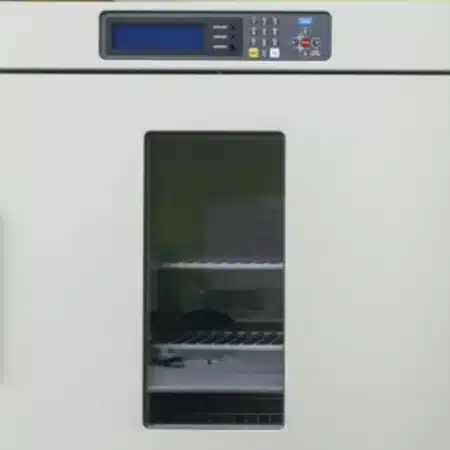Privacy is a fundamental aspect of our lives, and the thought of someone eavesdropping on our conversations can be unsettling. If you suspect that your privacy has been compromised and there might be a listening bug in your house, it’s essential to take action.
In this article, we’ll explore some simple yet effective methods to help you detect a listening bug and ensure your personal space remains secure. Let’s dive in and uncover the secrets to finding unwanted eavesdroppers in your home.
Method 1: Conduct a Physical Inspection:
The first step in detecting a listening bug is to perform a thorough physical inspection of your surroundings. Here’s what you can do:
Check Suspicious Objects: Look for any unfamiliar or out-of-place objects in your home, such as wall clocks, picture frames, electrical outlets, or smoke detectors. Bugs are often disguised as everyday items, so pay close attention to any peculiarities.
Examine Wiring and Cables: Inspect the wiring and cables in your home, including telephone lines, power cords, and network cables. Look for any signs of tampering, loose connections, or additional devices attached to them.
Listen for Strange Sounds: Turn off all electronic devices and listen carefully for any unusual buzzing, clicking, or static noises. These sounds could indicate the presence of a bug nearby.
Method 2: Use a Radio Frequency (RF) Detector:
RF detectors are devices designed to detect radio frequency signals emitted by listening bugs. They can help you identify hidden surveillance devices more accurately. Follow these steps:
- Obtain an RF Detector: Purchase or borrow an RF detector from a reputable source. These devices are widely available online or at electronic stores.
- Familiarize Yourself with the Detector: Read the instruction manual provided with the RF detector to understand its features and operation.
- Sweep the Area: Turn on the RF detector and slowly sweep it around the room, paying close attention to areas where bugs are commonly hidden, such as corners, ceilings, and furniture. The detector will alert you if it detects any suspicious signals.
- Monitor Signal Strength: Keep an eye on the signal strength displayed on the RF detector. As you approach a listening bug, the signal strength will typically increase, indicating its proximity.
Method 3: Seek Professional Assistance:
If you’re unable to detect a listening bug on your own or want to ensure a comprehensive sweep of your premises, seeking professional assistance is a viable option. Professional bug sweepers are experts in locating and neutralizing surveillance devices. Consider hiring a reputable and experienced bug-sweeping service to conduct a thorough inspection of your home.
Additional Tips:
- Secure your Wi-Fi Network: Protect your Wi-Fi network with a strong password and encryption. This will prevent unauthorized access to your network and minimize the chances of someone placing a bug through digital means.
- Be Mindful of Your Conversations: While conducting your bug detection process, avoid discussing sensitive information or sharing personal details that you wouldn’t want others to hear.
- Regularly Inspect Your Space: Make it a habit to periodically inspect your home for any signs of intrusion or unusual activity. Prevention is key to maintaining your privacy.
Conclusion:
Protecting your privacy and ensuring a secure environment is crucial in today’s interconnected world. By conducting a physical inspection, using an RF detector, and seeking professional assistance if needed, you can detect and neutralize any listening bugs in your house. Remember to prioritize your peace of mind and take proactive measures to safeguard your personal space. With a keen eye and the right tools, you can maintain the privacy you deserve.






